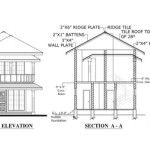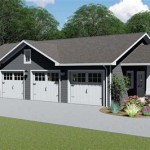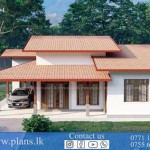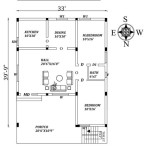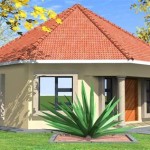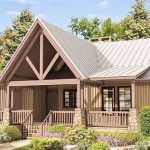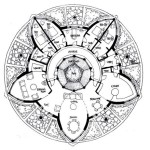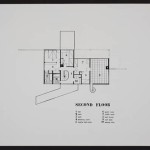Essential Aspects of Gooseneck Trailer House Plans
Creating a comfortable and functional gooseneck trailer house requires careful planning and attention to detail. The layout, materials, and amenities you choose will determine the overall functionality and livability of your tiny home on wheels. Here are some essential aspects to consider when designing your gooseneck trailer house plans:
1. Floor Plan and Layout
The floor plan of your gooseneck trailer house should be carefully designed to maximize space and create a comfortable living environment. Consider the number of occupants, sleeping arrangements, and the location of essential appliances and furniture. A well-planned layout will ensure efficient use of space and ease of movement within the trailer.
2. Materials and Construction
The materials you choose for your gooseneck trailer house will impact its durability, insulation, and overall aesthetics. Common materials include aluminum, steel, and composite panels. Ensure that the frame and substructure are sturdy enough to support the weight of the trailer and its contents. Proper insulation is also crucial to regulate temperature and reduce energy consumption.
3. Kitchen Design
The kitchen is a central part of any home, and this is especially true for gooseneck trailer houses. Consider the available space and the appliances and storage you need. A compact yet functional kitchen can include a sink, cooktop, refrigerator, and cabinets. Efficient use of vertical space and foldable furniture can maximize functionality in a limited space.
4. Bathroom Design
Designing a functional bathroom in a gooseneck trailer house requires clever space management. Consider a composting toilet, a compact shower, and a sink with storage. Ensure that there is adequate ventilation to prevent moisture buildup. Wall-mounted fixtures and foldable amenities can save valuable space.
5. Electrical and Plumbing Systems
Electrical and plumbing systems are vital for the comfort and convenience of your gooseneck trailer house. Plan the electrical layout to accommodate lighting, appliances, and outlets. A solar panel system can provide sustainable energy, while a water tank and pump ensure a reliable water supply. Professional installation of these systems is recommended to ensure safety and functionality.
6. Heating and Cooling
Maintaining a comfortable temperature inside your gooseneck trailer house is essential. Consider a combination of heating and cooling systems such as a propane heater, air conditioner, or a heat pump. Proper insulation will help regulate temperature and reduce energy consumption.
7. Storage and Organization
Storage is crucial in a gooseneck trailer house. Utilize vertical space with shelves and cabinets. Consider under-bed storage, foldable furniture, and multi-purpose items to maximize space utilization. Organized storage will keep your belongings tidy and easily accessible.
Designing a gooseneck trailer house requires careful planning and attention to these essential aspects. By considering the layout, materials, amenities, and functionality, you can create a comfortable, functional, and stylish tiny home on wheels.

Guide To Building A Gooseneck Tiny House And Fifth Wheel Homes The Life

Guide To Building A Gooseneck Tiny House And Fifth Wheel Homes The Life

Baby Friendly Adjustments For A Comfortable Stay

Guide To Building A Gooseneck Tiny House And Fifth Wheel Homes The Life

Guide To Building A Gooseneck Tiny House And Fifth Wheel Homes The Life

32 Foot Tiny House Built On A Gooseneck Trailer By Mitchcraft Plans Floor

Guide To Building A Gooseneck Tiny House And Fifth Wheel Homes The Life

Ever Thought Of A Gooseneck Tiny House Design Trailer Layout Floor Plans

37 Gooseneck Tiny House On Wheels 460 Sq Ft Inside Floor Plans

28 Foot Lightweight Gooseneck Tiny House The Tucson By Rocky Mountain Houses For

